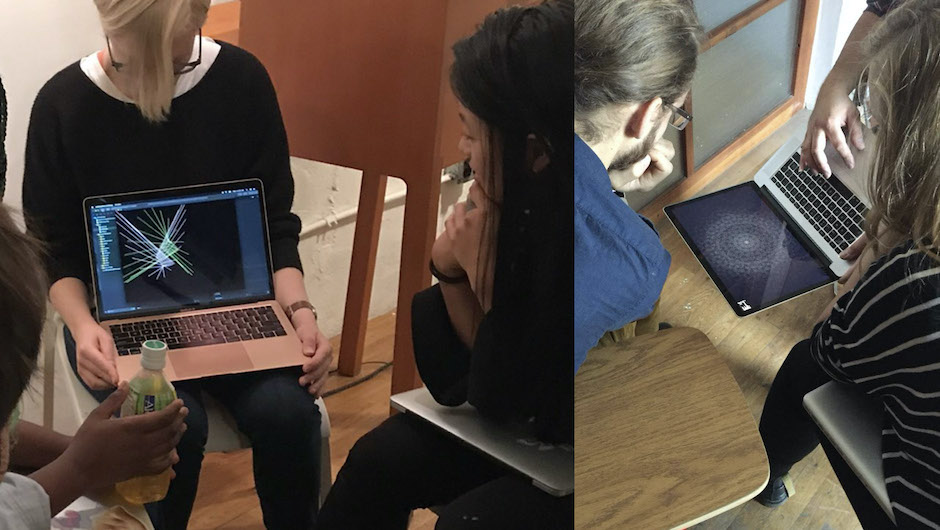
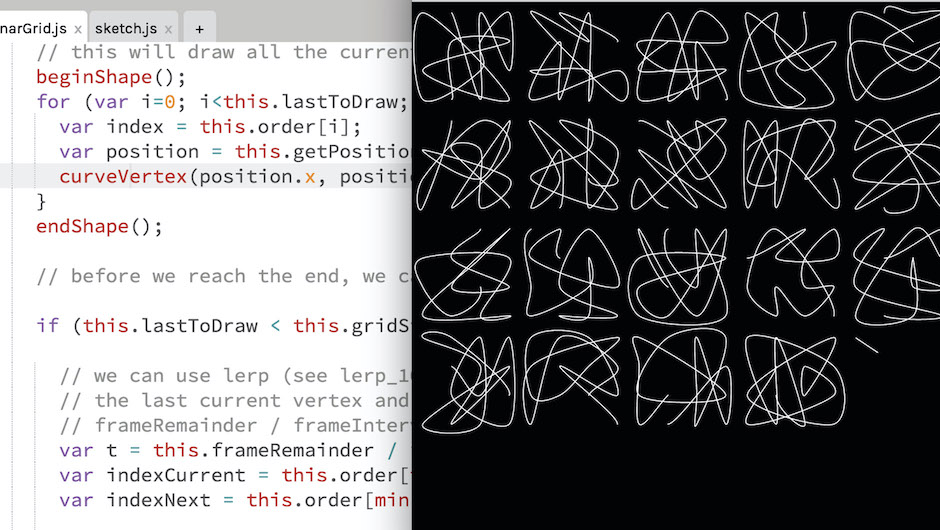

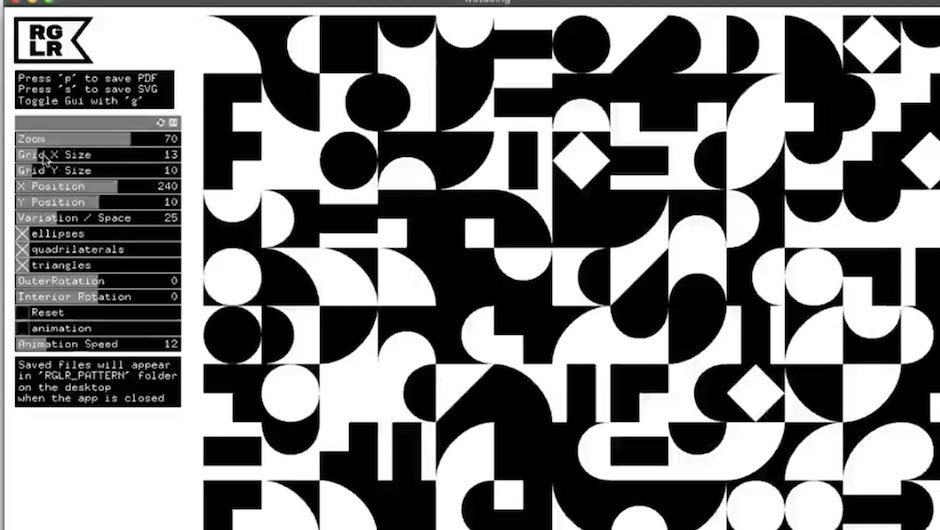
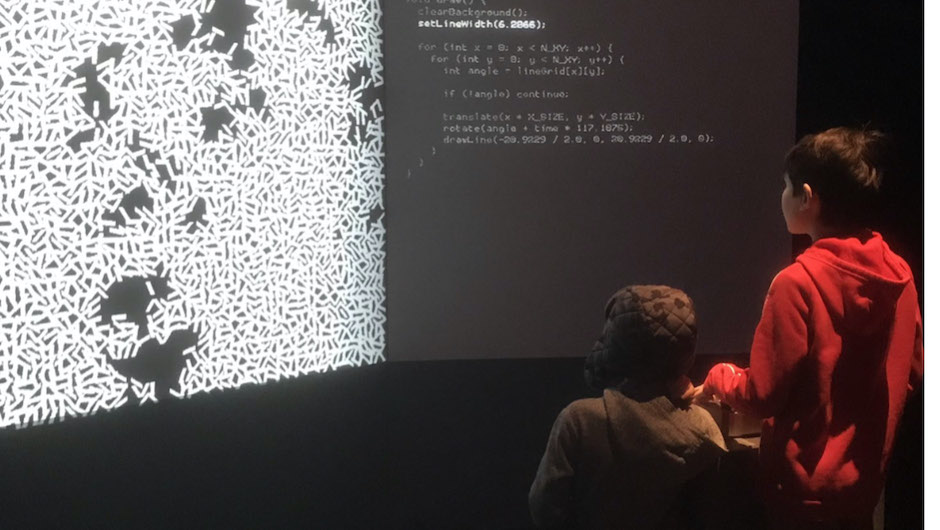
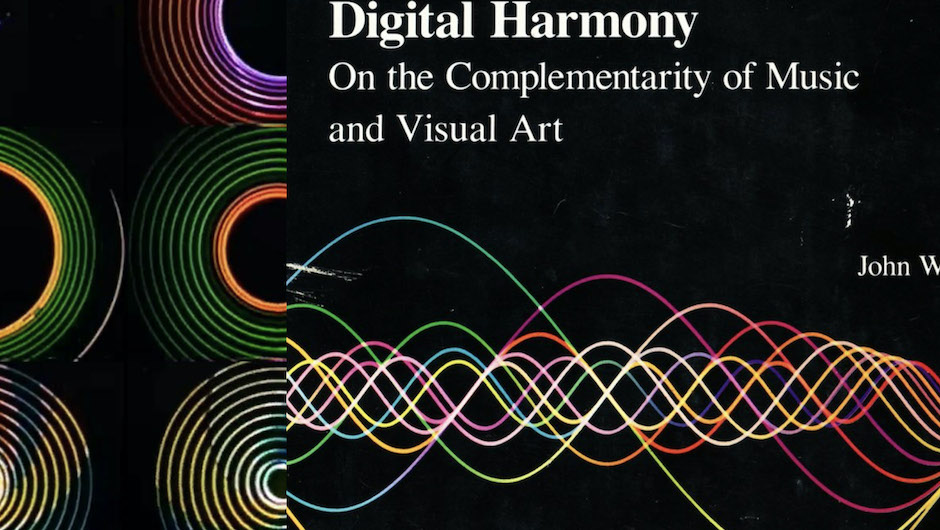
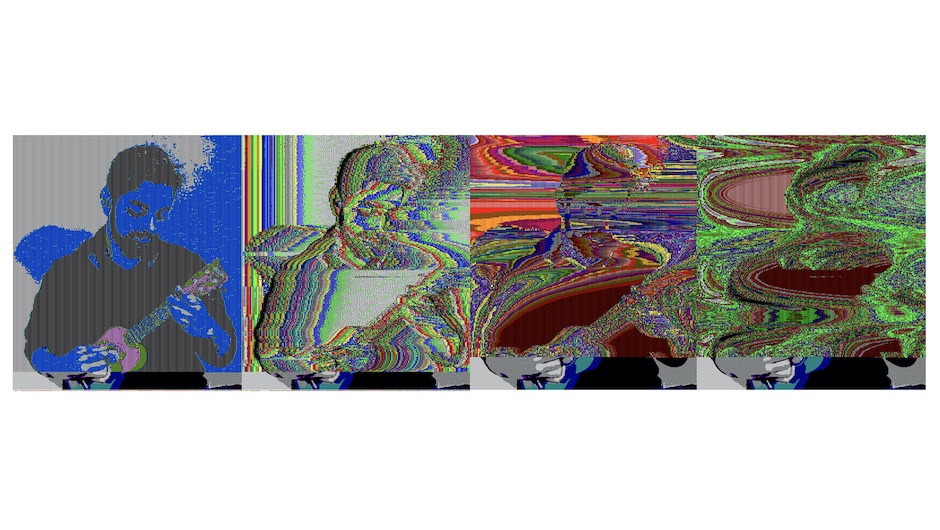
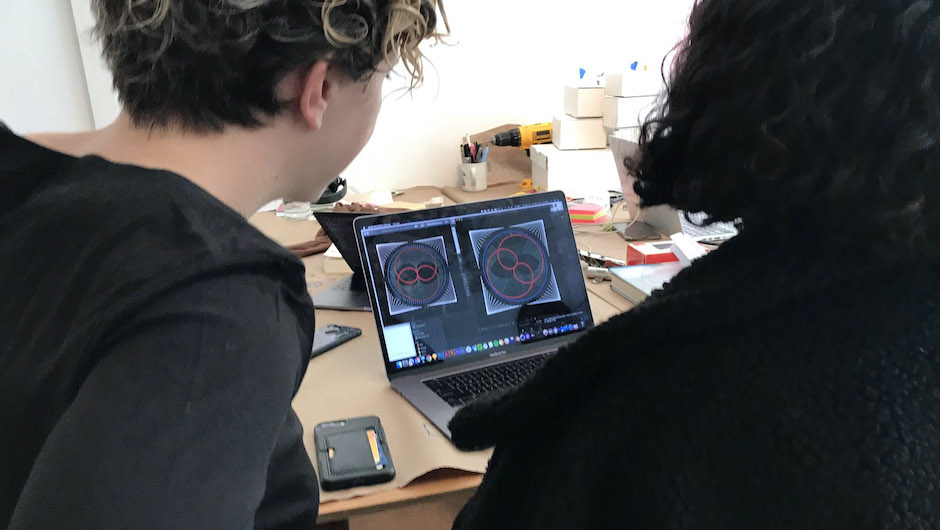
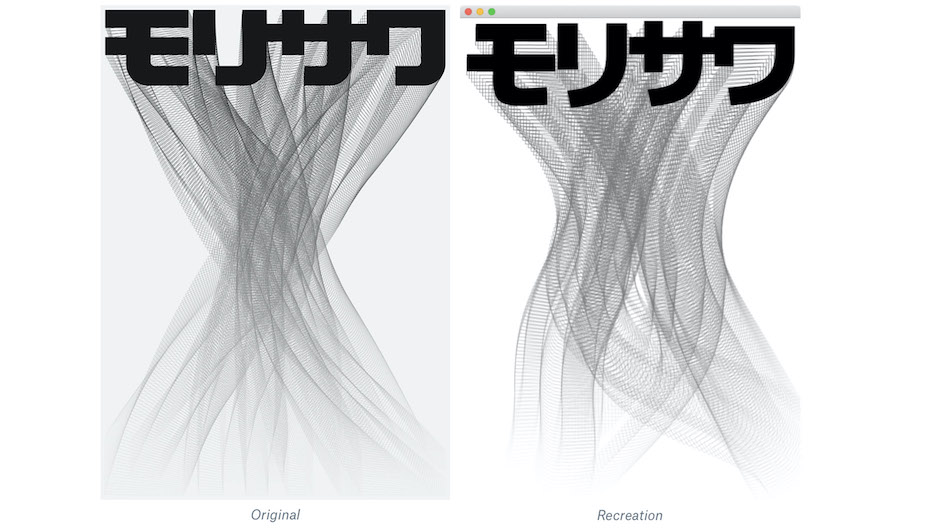
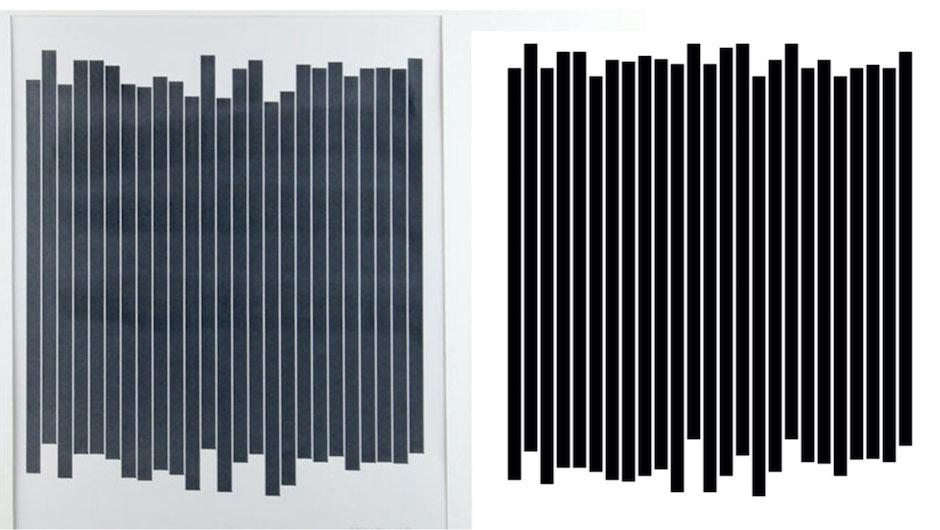
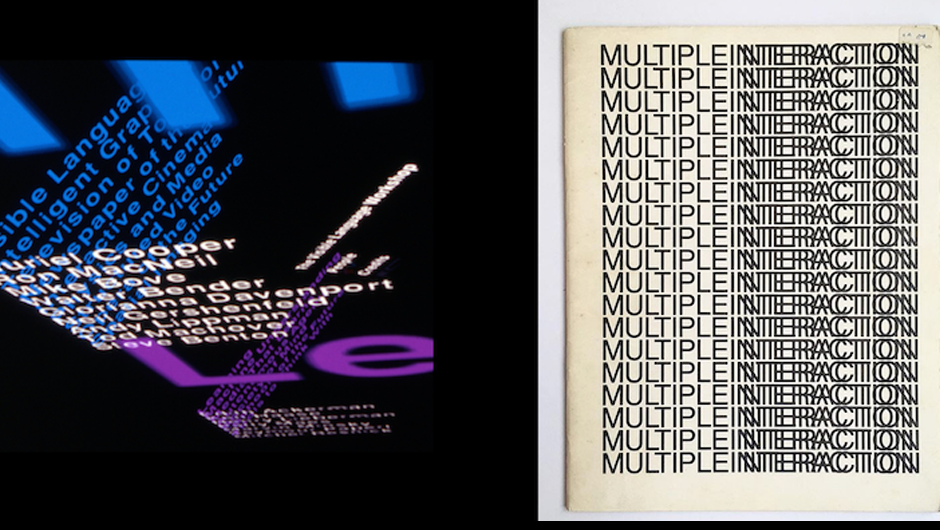











In Recreating the Past, we will study computational art from the past decades and recreate these works with contemporary techniques to gain aesthetic, analytical and technical knowledge.
For each class, we investigate a different set of artists that have created work with software (either through code or algorithmic processes) and then recreate their artworks from scratch, discussing their approaches and tools, as well as poetic underpinnings. By recreating historic works, we can also investigate what modern tools and approaches have to offer. In addition, we will also look at broader examples of what the artwork teaches us about algorithmic approaches and conceptual explorations. For example, seminal works like Camille Utterback and Romy Achituv’s Text Rain can be used as a starting point for discussing computer vision-based interaction. The class will focus on the building blocks of media art and generative design practice, such as algorithmic composition, typography, imaging, computer vision, audio analysis / synthesis, and interaction design.
Students will be encouraged to begin a practice of generative visual sketching in whatever medium they feel comfortable in and share their process amongst the cohort. We will also be exploring the history of media art practice. Reading will be assigned from various sources, including:
Students will be encouraged through this class to begin a practice of generative visual sketching in whatever framework they feel comfortable in. Class examples will be prepared in C++ / openFrameworks. Some familiarity with coding will be helpful.
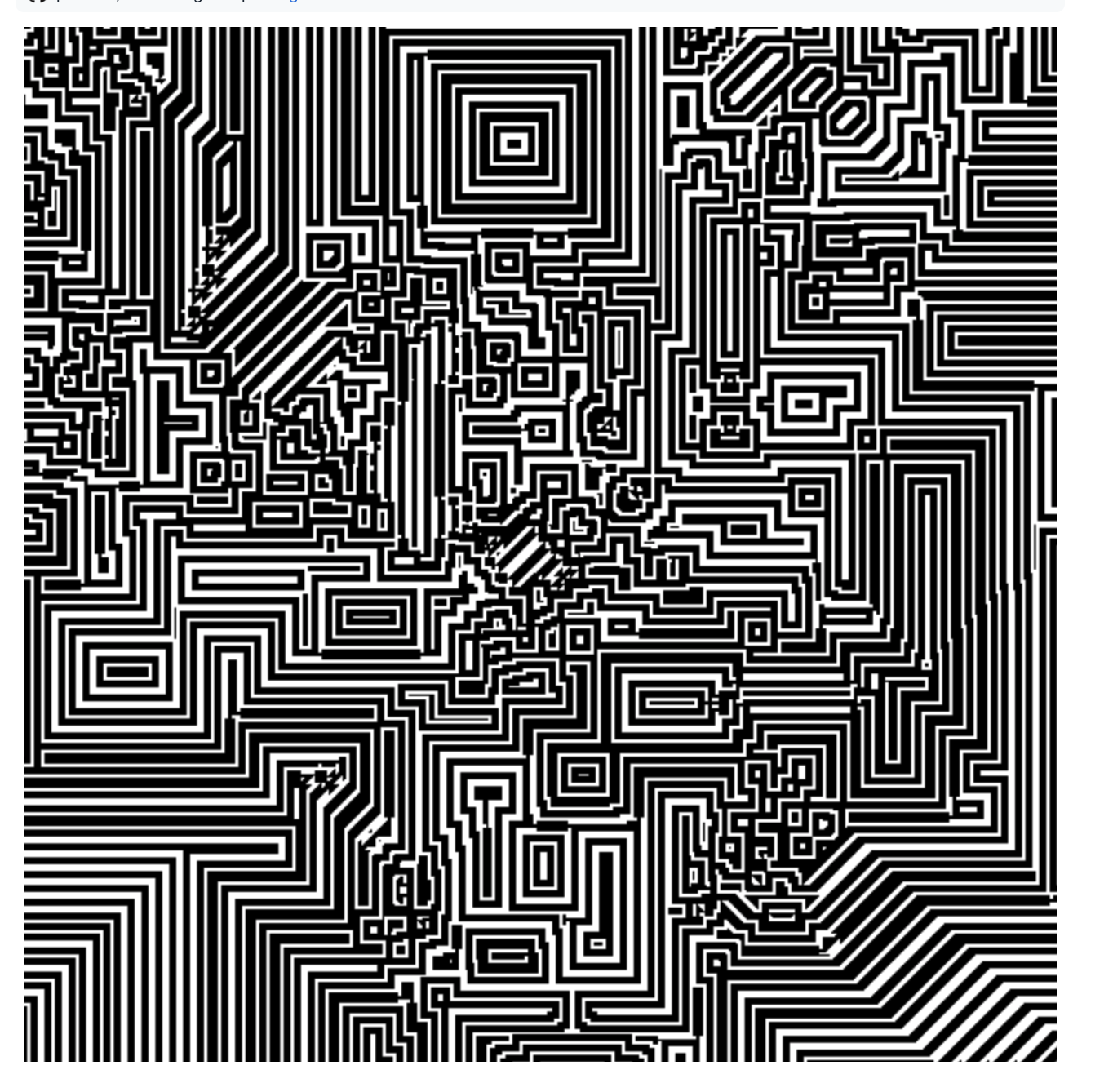

Here are examples of some of the artists / works / ideas we will be exploring:
Grading will be derived from the following formula:
There are no prerequisites but please note this class will involve coding in a variety of tools like Processing / p5.js / openFrameworks / Python so some familiarity or comfort with programming will be helpful. Introductory workshops will be provided if necessary. Code examples will be provided in c++ / openFrameworks. Homework can be completed in any tools students feel comfortable in.
Please contact Zach Lieberman (zachl@media.mit.edu) with any questions about the class, requirements, materials, or schedule.
This class will have 2 hour sessions weekly (which will be recorded), as well as asynchronous videos explaining technical concepts which are approximately 1 hour (per week). We will use:
Please note that for online classes we will have an inclusive zoom policy - we realize that students may not have a quiet space or not always be able to be on video, be dressed professionally, or be sitting at a desk. Zoom shouldn't be stressful, we will work together to make these virutal spaces welcoming.
Also please let us know if there are any accessability concerns.

“now, being months after taking this course, I think back on RTP often because the works we recreated are so relevant to the designs we see in our everyday walk down the street or strut through an exhibit. I look at fonts and typography
and placement on posters. I analyze digital aesthetic structures with a more informed eye because I learned the how/what/why of appreciating the past. RTP gave me technical tools to learn how to appreciate the bedrock of the future - our
past.”
Oceane Boulais (MIT)
“RTP is a great class with a strong workshop vibe. Using past works as a basis for creating new pieces is liberating, and it’s gratifying to see all the pieces come together as an output of this journey! Zach’s teaching style is refreshing
as it blends discussions about different artistic perspectives with some practical coding tips to help us materialize our ideas.”
Joanne Leong (MIT)
"Most motivating class that I ever took, and I had 2 masters."
Cedric Honnet (MIT)
“Yes, Recreating The Past taught me a lot about coding. But for me, it’s value as an art history class, as an exercise in the importance of archiving, preservation, and curation, felt like a home I’d always been searching for. History is
not a passive subject you simply consume, but an active form, something you “do,” and this was one of the only classes I’ve ever been in that seemed to not only understand that, but revel in it.”
Max Neely Cohen (SFPC)
“In Recreating the Past, I learned to look closely at works of art in a way that I had never done before. It was an engaging introduction to the history of computational art that helped orient my search for more inspiration in the space.
Most importantly, RTP reminded me of the creative possibility of mathematical and algorithmic thinking in the context of art.”
Bomani Oseni McClendon (SFPC)